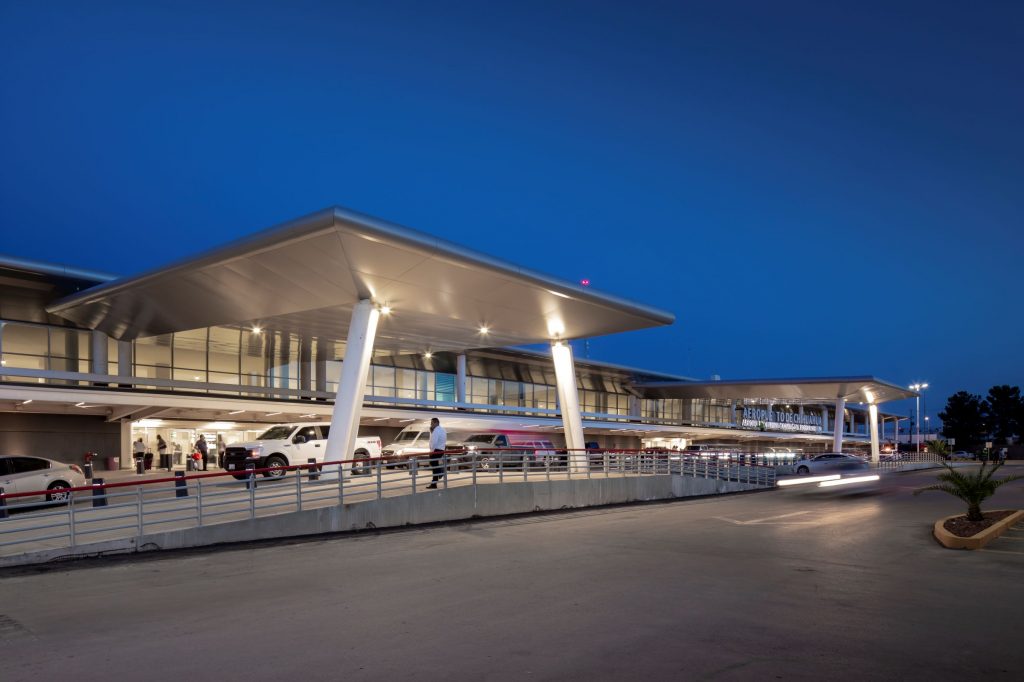Chihuahua International Airport took a key logistical step

Chihuahua International Airport took a key logistical step in the north of the country with the announcement of the start of operations on two new routes operated by TAR Aerolíneas: Chihuahua-Querétaro and Chihuahua-Los Mochis-La Paz.
This airport, which belongs to the Grupo Aeroportuario del Centro Norte (OMA), specified that these two flights began operations on July 7.
It indicated that these new connections bring the total number of routes operating from the airport to 14 (12 domestic and 2 international), reinforcing its role as a gateway between the north of the country, the Bajío region, and the Mexican Pacific.
It added that the airport currently has six commercial airlines operating and will close 2025 with an estimated 1.9 million passengers transported, a figure that confirms its relevance for regional economic and tourism development.
“Each new route is an open door to new opportunities: it attracts investment, promotes employment, and strengthens the state's competitiveness. Today we connect the north with the Bajío region and bring the Pacific coast closer,” said Ricardo Dueñas, general director of OMA.
These new routes are part of a sustained process of investment in airport infrastructure, as between 2020 and 2025, more than US$54 million was allocated to the modernization of the airport, with the construction of 5,743 square meters (m²) and the remodeling of 9,510 m², as well as the incorporation of state-of-the-art technology in security, energy efficiency, documentation, and boarding processes.
With a long-term vision, the airport plans an additional investment of 660 million pesos (mdp) for the period 2026-2030.
This amount will be focused on increasing operational capacity, continuing to modernize its facilities, and raising service standards, with the aim of positioning Chihuahua as a logistics, tourism, and industrial hub of national and international reach.
Chihuahua International Airport, operated by OMA, thus reaffirms its commitment to smart, sustainable connectivity in line with international best practices.
With each new route and each strategic investment, it advances in its mission to be an engine of economic, social, and tourism development in the north of the country.





